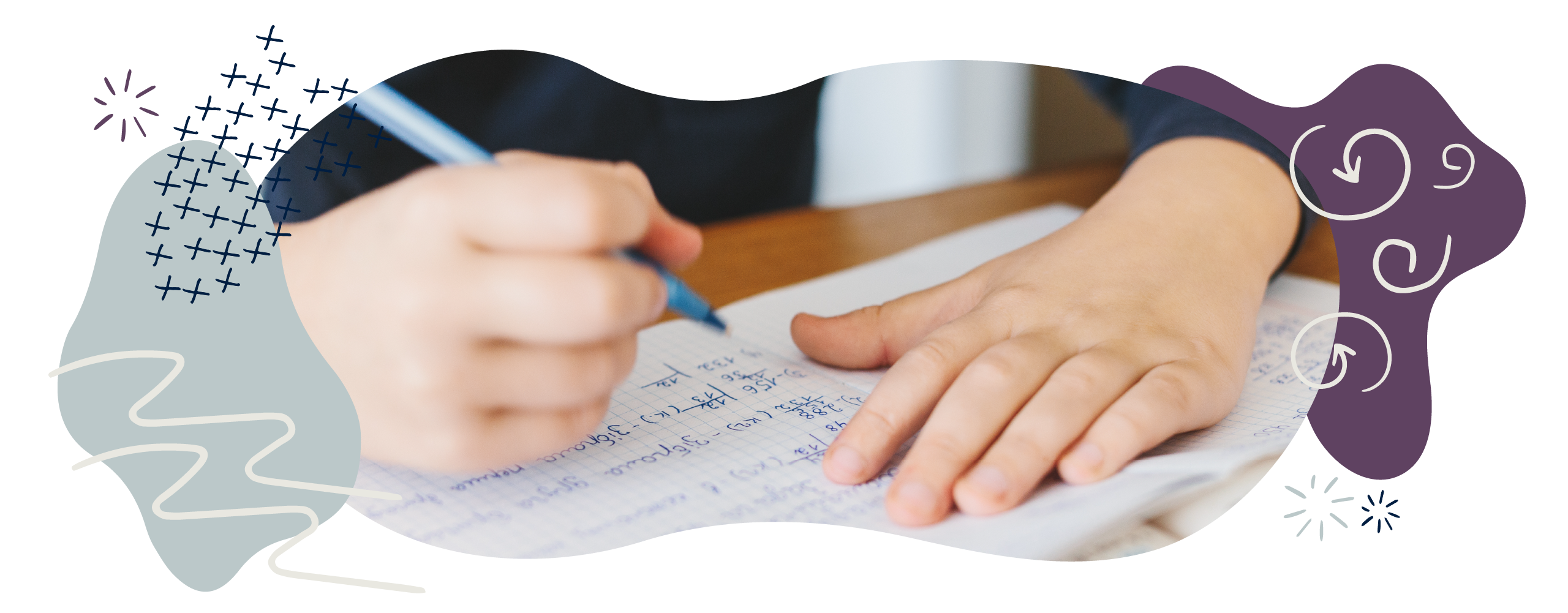Geometry in Year 6 (age 10–11)
In Year 6, your child will draw and build shapes using information about length and angles. They will plot points and shapes on a full coordinate grid, and will translate and reflect shapes.
The key words for this section are 2D, 3D, axis, and coordinate.
What your child will learn
Take a look at the National Curriculum expectations for geometry in Year 6 (ages 10–11):
Draw 2D shapes using dimensions and angles
Your child will use rulers and protractors to draw 2D shapes accurately using given dimensions and angles.
Recognise, describe, and build 3D shapes
Compare shapes and find unknown angles in shapes
Your child will find unknown angles in any triangle, quadrilateral, or regular polygon using their knowledge of angles in shapes. For example, they will need to know that angles in any triangle add up to 180° and that angles in any quadrilateral add up to 360°. They will use this knowledge to work out unknown angles.
Illustrate and name parts of circles
Recognise angles around a point and on a straight line
Your child will recognise that angles that meet at a point add up to 360°, that angles that meet on a straight line add up to 180°, and that angles that are vertically opposite are equal. They will use this knowledge to find missing angles.
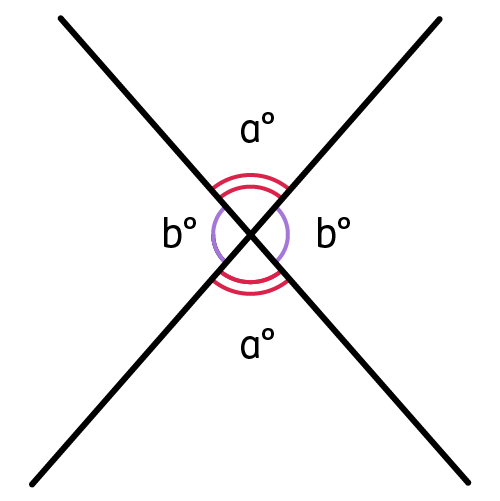
Describe positions on a full coordinate grid
Your child will be able to describe positions on a full coordinate grid using all four quadrants. They should also be able to draw and label a pair of axes in all four quadrants with equal scaling.
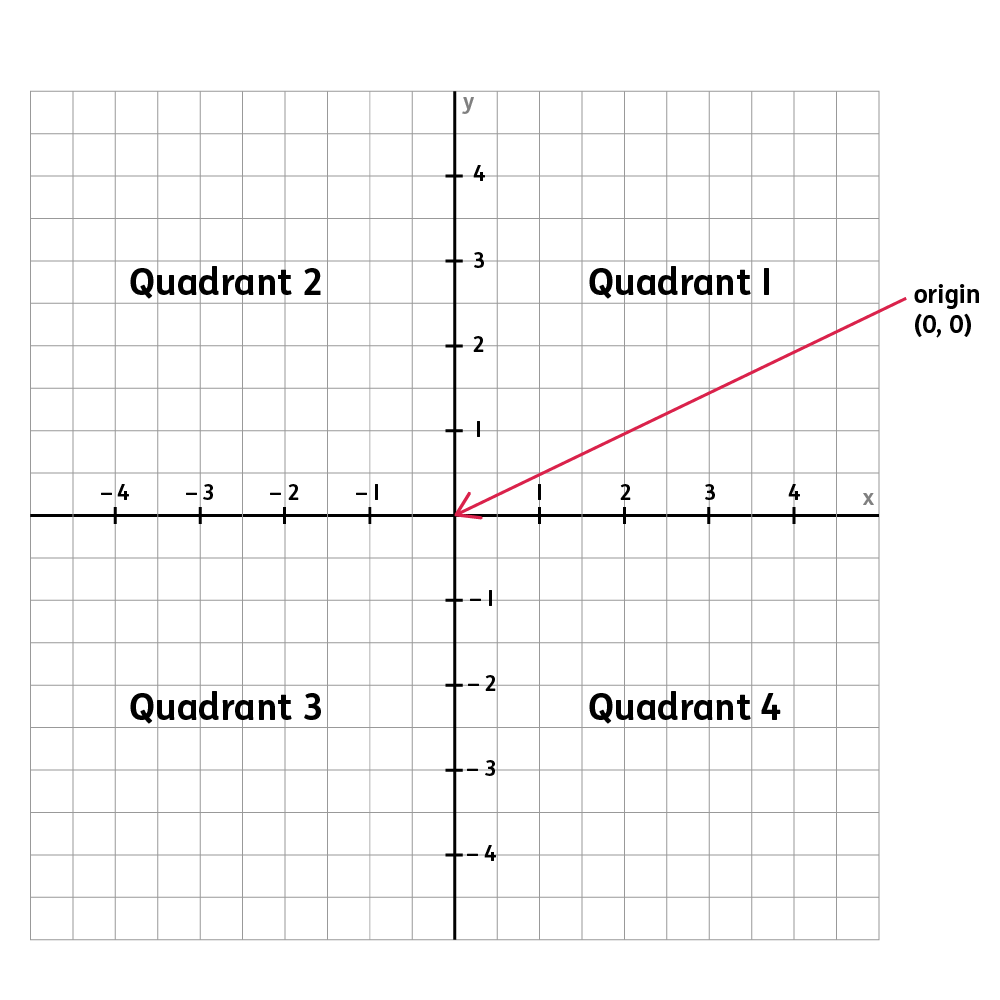
Draw, translate, and reflect simple shapes on the coordinate plane
They will use their knowledge of the properties of shapes to predict missing coordinates. For instance, they may be given some of the coordinates of the corners/vertices of a missing shape. They will have to use their knowledge of the properties of shapes to work out the missing coordinate to complete the shape.
Your child will also be able to translate and reflect shapes on a coordinate grid using all four quadrants.
How to help at home
There are lots of everyday ways you can help your child to understand geometry. Here are just a few ideas.
1. Follow instructions to draw shapes
It will be useful for your child to practise drawing different types of polygons, such as:
-
- Isosceles, equilateral, and scalene triangles
- Quadrilaterals like parallelograms, rhombuses, and trapeziums.
At school, your child may be given dimensions – such as the length of sides or the size of angles – and be asked to draw a shape based on them. Why not try this at home?
For example, you could ask your child to draw a square with 4cm sides, or a series of rectangles each with sides totalling 12cm. Encourage them to explore different possibilities. 1cm squared paper can help with this.
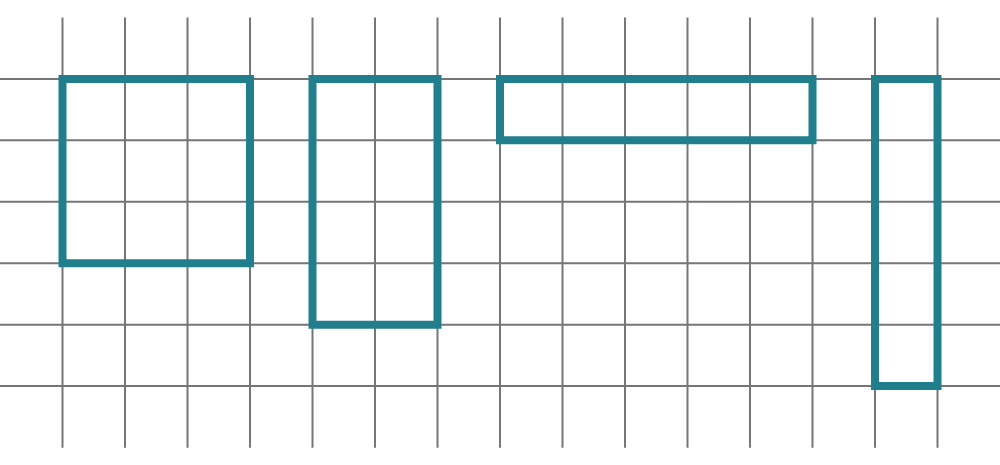
2. Find missing angles
In Year 6, your child will need to know about angle sums in shapes. For example:
-
- Angles in a triangle total 180°
- Angles in a quadrilateral total 360°
- Angles in a pentagon total 540°
- Angles in a hexagon total 720°
- … and so on and so forth.
Help your child find unknown angles in triangles, quadrilaterals, and regular polygons using these facts. For example, give them a triangle with two labelled angles. Knowing that all the angles inside a triangle total 180° means that they should be able to work out the value of the remaining angle.
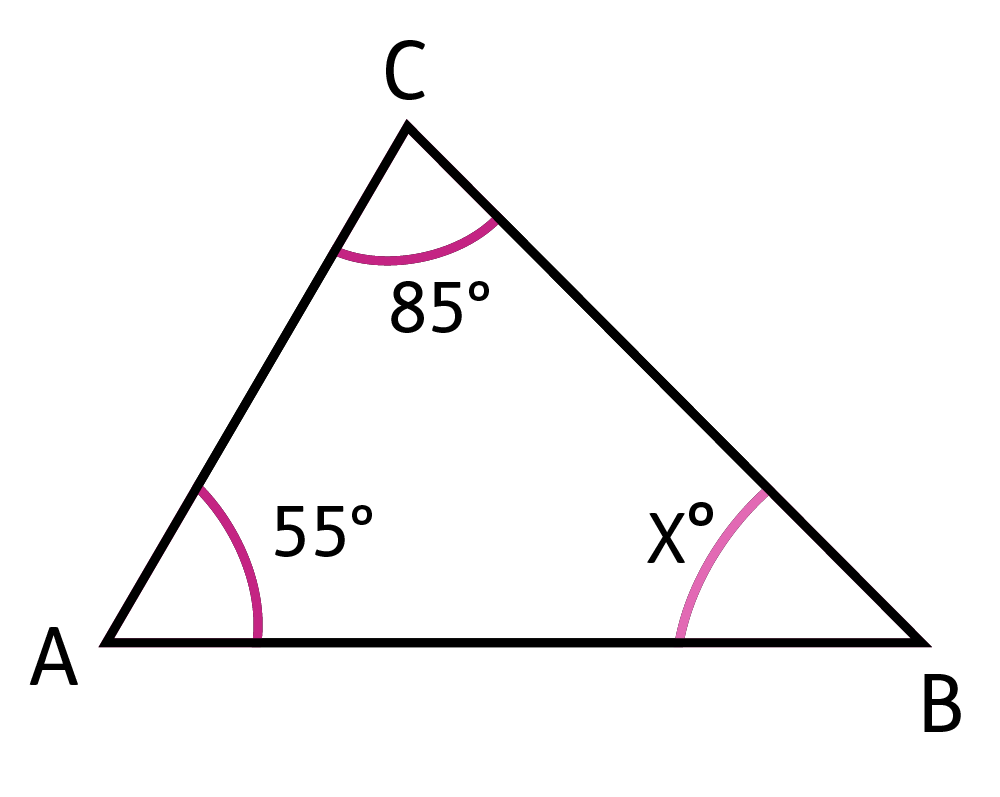
3. Use and understand grids
Your child will be using coordinates in all four quadrants at school, including the use of negative numbers. They will need to be able to describe and record the position of simple shapes using all four quadrants, and will also need to translate and reflect shapes in the x- and y-axes.
Help your child practise translating simple shapes by asking them to move shapes around a grid. For example, they could move a square with coordinates (2,1) / (6,1) / (2,5) / (6,5) two up and one to the right. In this example, the coordinates of the new, translated square would be (3,3) / (7,3) / (3,7) / (7,7):
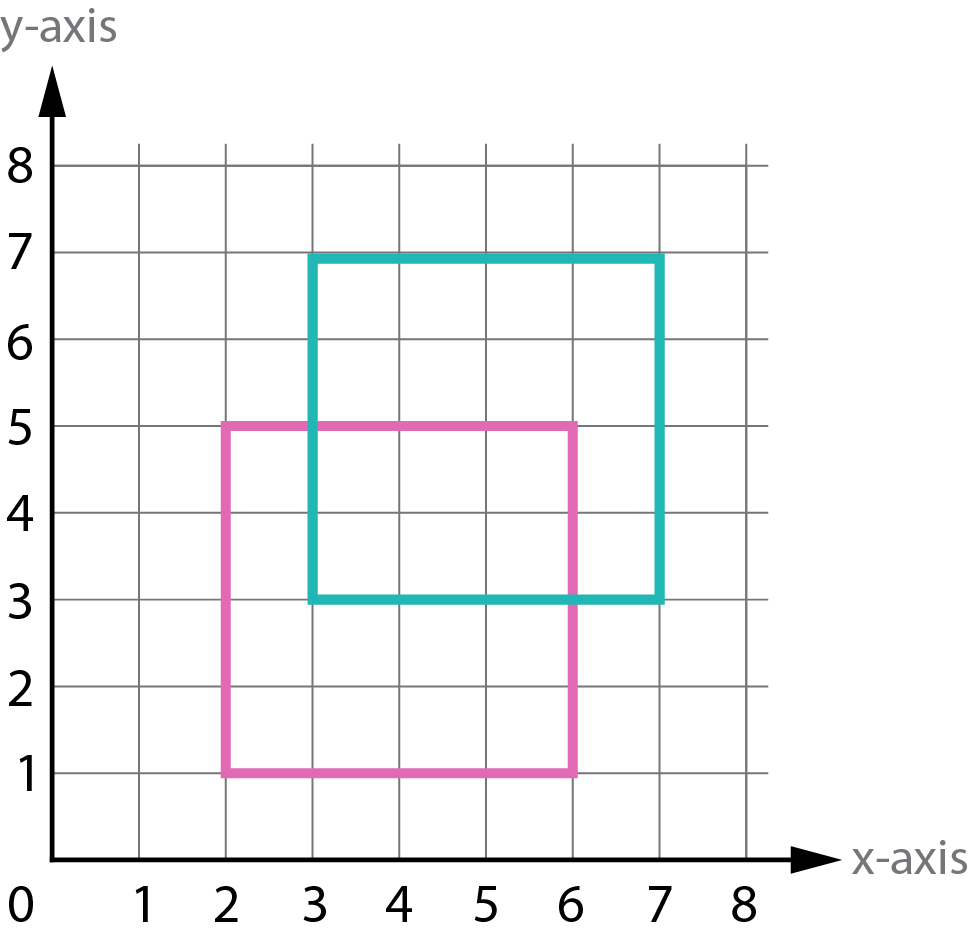
You can also practise reflecting shapes using our activity sheet:
Activity: Reflected designs

Practise using coordinates to describe the position of points on a design.
4. Talk about circles
You can help your child get to know the different parts of circles by using the language diameter, radius, and circumference to point out these properties when you see circles in the real world.
